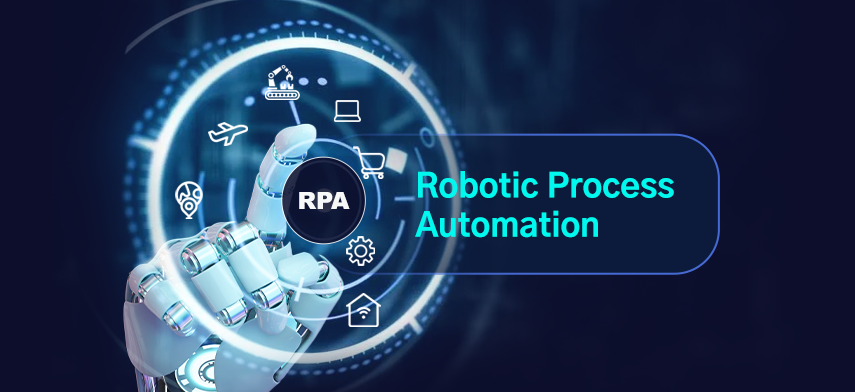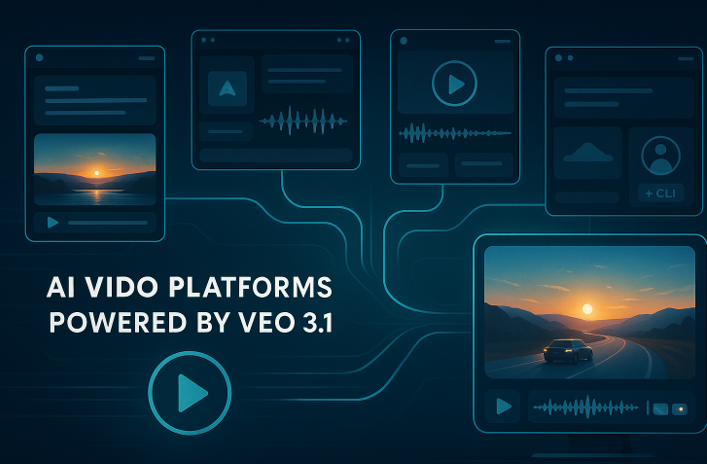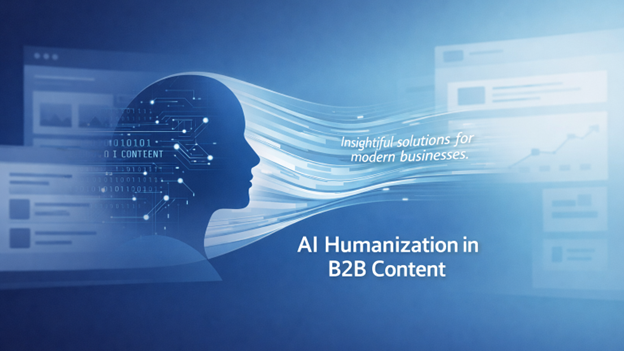Emerging Trends That Are Redefining the Testing Landscape
The last decade has witnessed a significant evolution in software development due to modern technological advancements. In addition to being more visually appealing, mobile and web applications have become more complex, with features aimed at making them more user-friendly and convenient.
Hence, software testing has become more crucial than ever since users expect top-notch performance from every app they use and are likely to uninstall an app or switch to another app if they find it does not match their expectations. As per Forbes, 88% of users are less likely to return to a website after its poor performance, proving how vital software testing is to the development process.
With thousands of apps being rejected or uninstalled due to poor performance, companies are looking for more efficient techniques to step up their testing process. As a result, significant transformations in the software testing process have occurred, with newer techniques replacing outdated methods that were less efficient. Through this article, we take you on a tour of the top software testing trends of this year, examining their impact and scope on organizations.
Top Trends That Are Transforming The Testing Landscape
Here are the latest trends that are revolutionizing software testing worldwide:
1. Scriptless Testing
It has become the preferred method for testing since it helps avoid the time-consuming method of scripting and coding. The technique allows testers without specialized testing skills to perform automation testing, simplifying and streamlining the testing process. It lets you build modular and reusable test cases and workflows that can be shared across projects, thus preventing the need for rewriting tests and optimizing your testing efforts.
2. The Use Of AI And ML
AI and ML have taken the testing process to a level once considered impossible. AI algorithms are being utilized to generate test cases and identify patterns in test data, empowering testers to accelerate and improve the efficiency of their testing activities. AI features enable you to run more tests concurrently and increase test coverage, enhancing the overall quality of the software.
3. Continuous Testing
Contrary to the earlier practice of testing software only at the end of development, continuous testing involves evaluating applications throughout the development process, from start to finish. This enables testers to identify issues, provide early feedback to stakeholders, and resolve them before releasing the software. Continuous testing enables testers to meet the quality standards expected by users.
4. DevSecOps
Organizations are moving towards a more secure approach with DevSecOps, a modern methodology that integrates security into the development process. DevSecOps paves the way for organizations to minimize the risk of security vulnerabilities by incorporating security into each stage of development, from design to deployment. Companies are able to detect and address security anomalies earlier and resolve them before they turn into more severe problems.
5. Real Device Testing
Through real device testing, you can verify if your applications function correctly across different devices, including different versions of smartphones, laptops, or tablets. You can also assess the performance across real user conditions, like poor network or lighting conditions, reducing the possibility of a poor user experience.
6. Robotic Process Automation (RPA)
Through RPA, teams can now automate repetitive and role-based tasks, leading to an increase in productivity and efficiency. It empowers organizations to improve customer satisfaction by streamlining workflows, reducing the possibility of errors, and improving overall accuracy.
7. Security Testing
There is now an increasing focus on incorporating security testing into the software testing process to protect the users’ data from cyber threats. It is crucial to prevent security lapses since they can lead to financial losses, loss of sensitive data, and harm to reputation. With the growing demand for secure software and the increasing complexity of software systems, the scope of security testing is poised to expand even further.
8. User Experience Testing
Software developers realize that an application has to not only perform well but also delight the users. User experience testing examines how a user interacts with an application and identifies and addresses problems that may impact the experience, like confusing navigation or inconsistent design.
9. Automation Testing With Chatbots
Another trend that has been witnessed recently is the use of chatbots to improve and streamline the testing process. Chatbots are used to automate repetitive tasks so that testers can focus their attention on more challenging ones. One more significant advantage of chatbots is that they provide immediate feedback on test results.
10. Shift-left Testing
This approach of moving testing activities leftward in the software development life cycle is being popularly leveraged by many organizations. To implement this strategy effectively, companies often rely on experienced development experts who can guide the testing process, identify potential issues early, and ensure high-quality software delivery.
In this technique, testing is done earlier, starting right from the requirements collection and design phase and then continuing throughout the development process.
11. Image And Video testing
With users expecting only the highest-quality visual experiences from their applications, testers have made visual testing a mandatory component of the testing process. Automation testing techniques like compression testing are employed to ensure that the images are top-quality and high-performing.
12. Virtual And Augmented Reality Testing
Augmented reality and virtual reality technologies, a crucial part of gaming, educational, and healthcare software, have become increasingly popular. It has become essential to perform visual regression testing and environmental testing to ensure the virtual or augmented environment matches the real world.
Conclusion
The software testing industry is evolving continuously to match the growing testing requirements of sophisticated modern applications. Organizations are embracing these trends and technologies wholeheartedly and employing them to get an edge over their competition. They are helping firms deliver high-quality software and meet the ever-changing customer needs and expectations.
In this age of rapid technological advancements and changing user preferences, it is crucial to use the best testing tools with the latest technologies to evaluate software applications before release. Among the current crop of testing solutions, TestGrid, the codeless automation testing platform, is preferred by most organizations because of its incredible AI-powered capabilities.
TestGrid’s simplified interface and user-friendly yet advanced features enable users without technical knowledge to easily verify the most complex applications. The platform’s secure cloud-based infrastructure lets you test applications across thousands of real devices, browsers, and OS combinations, ensuring the best possible user experience.
You can rely on TestGrid to keep up with the latest developments in the testing field and incorporate them, be it the use of AI and ML technology or robotic test automation. Supercharge your testing process and elevate it to greater heights with TestGrid today.









